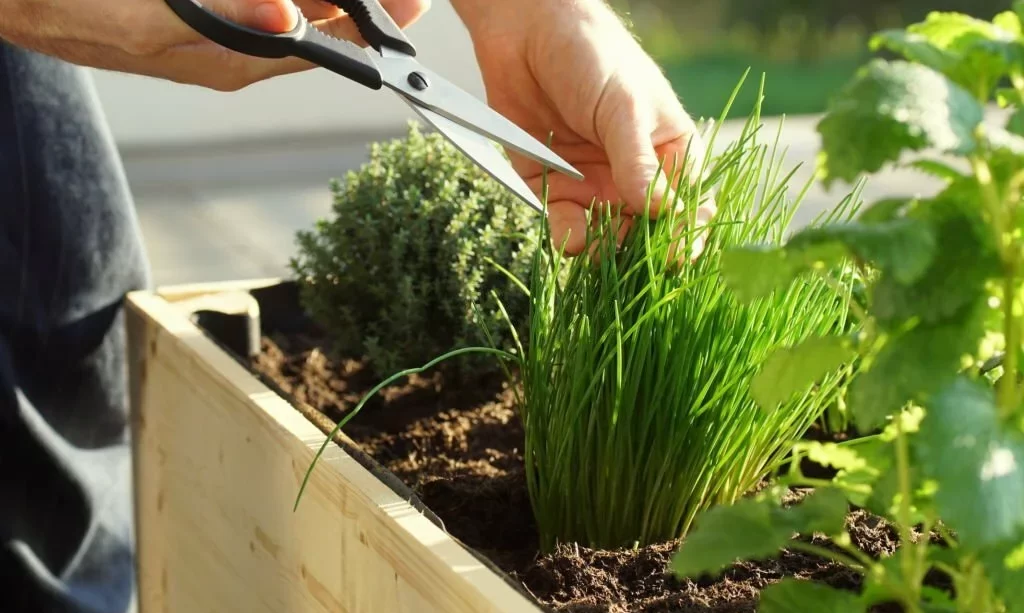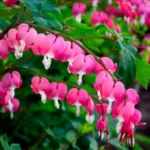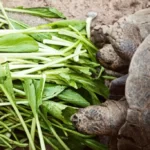Chives are a delightful addition to any garden or kitchen, renowned for their mild onion flavor and versatility in culinary creations. Harvesting chives, however, requires a delicate touch to ensure the plant’s continued health and productivity. In this guide, we’ll explore the art of harvesting chives sustainably, allowing you to enjoy a continuous supply of these flavorful herbs without harming the plant. By understanding the growth patterns of chives, using the right tools, and practicing proper techniques, you can ensure a bountiful harvest while nurturing the plant for years to come.
Chive Growth
Before delving into the details of harvesting chives, it’s essential to comprehend the growth habits of these perennial herbs. Chives are well-known for their ability to regenerate, which means that when you harvest them properly, the plant continues to thrive. Here are some key aspects to understand:
- Perennial Nature: Chives are perennial, which means they return year after year. They typically go dormant in the winter and regrow in the spring.
- Regenerative Abilities: Chives are particularly good at regenerating. When you cut the leaves or flowers, the plant can produce new growth quickly.
- Parts to Harvest: Chives offer various edible parts, including leaves, flowers, and bulbs. The leaves are the most commonly harvested, but the flowers and bulbs have culinary uses as well.
Tools and Preparation
To harvest chives without harming the plant, you’ll need the right tools and proper preparation. Here’s how to get started:
- Tools: The primary tools for harvesting chives are clean and sharp scissors or garden shears. Ensure your tools are in good condition and free from dirt or rust. Clean them before use to prevent the spread of diseases.
- Sanitization: Sanitize your tools by wiping the blades with a cloth soaked in rubbing alcohol or a bleach solution. This step is crucial to avoid transmitting diseases between plants.
By understanding chive growth patterns and preparing the necessary tools, you set the stage for a successful and sustainable chive harvest. With this foundation in place, you can proceed to learn how to harvest chive leaves, flowers, and bulbs while nurturing the plant for long-term productivity.
Harvesting Chive Leaves
Harvesting chive leaves is a common practice, as these tender, onion-flavored greens are a delightful addition to a wide range of dishes. Here’s how to do it without harming the plant:
- Selective Harvest: When it comes to chive leaves, it’s crucial to practice selective harvesting. Instead of cutting the leaves indiscriminately, focus on the outer leaves that are mature and healthy.
- Cutting Technique: Use clean and sharp scissors or garden shears to cut the mature leaves. Position your tool at the base of the leaf, close to the soil level, and snip the leaf. Leave approximately 2 inches (5 cm) of growth above the soil.
- Regenerative Growth: Chives have the remarkable ability to regenerate quickly. After harvesting the outer leaves, the plant will continue to produce new growth from the center. This allows for a continuous harvest throughout the growing season.
Harvesting Chive Flowers
Chive flowers are not only visually appealing but also edible, offering a mild onion flavor. To harvest chive flowers:
- Timing: Chive flowers are best harvested when they are just beginning to open, as this is when they have the most flavor. The unopened buds can be quite pungent, so it’s preferable to pick them at the right stage.
- Harvesting Technique: Gently pinch or snip the flower stalks at the base. Use clean and sharp scissors or shears for precise cutting.
- Encourage Blooming: Harvesting chive flowers actually encourages the plant to produce more blossoms, so it’s a win-win situation. You can expect more flowers to emerge as long as you continue to care for your chives properly.
Harvesting Chive Bulbs
While chive leaves and flowers are the more commonly harvested parts, chive bulbs can also be used in cooking. Here’s how to harvest chive bulbs:
- Timing: If you wish to harvest chive bulbs, do so in early spring or late fall when the plant is dormant or just starting to grow. Avoid digging up the bulbs during the active growing season.
- Digging Up Bulbs: Carefully dig up the entire chive plant using a garden fork or a spade. Be cautious not to damage the bulbs.
- Separation: Once you’ve unearthed the plant, separate the bulbs. Keep the healthiest bulbs for culinary use or replanting in your garden.
By following these techniques for harvesting chive leaves, flowers, and bulbs, you can enjoy a variety of culinary delights while ensuring the chive plant’s longevity and productivity. Remember to practice selective harvesting, use clean tools, and maintain proper timing for each part of the plant. This approach will not only provide a continuous supply of fresh chives but also nurture the plant for years of enjoyment.
Proper Timing and Frequency
To maintain a healthy chive plant while enjoying a continuous harvest, it’s crucial to understand the appropriate timing and frequency of harvesting:
- Timing: The timing of your chive harvest plays a significant role in plant health. For leaf harvesting, it’s best to pick chive leaves during the active growing season, typically in the spring and early summer. This allows the plant to regenerate quickly. For chive flowers, pick them when they are just beginning to open for the best flavor. If you plan to harvest chive bulbs, do so in the early spring or late fall when the plant is dormant or just beginning to grow.
- Frequency: Chives are forgiving when it comes to harvesting frequency, but moderation is key. Aim to harvest no more than one-third of the plant at a time. This allows the chive to continue growing and producing new leaves. Frequent, small harvests are better for the plant’s overall health than occasional, large harvests.
Fertilizing and Watering
While harvesting chives, it’s essential to provide proper care to ensure the plant remains healthy and productive:
- Fertilizing: In the early spring, apply a balanced, slow-release fertilizer to your chive patch. This will provide the plant with the nutrients it needs to produce fresh, flavorful growth throughout the growing season. Follow the manufacturer’s recommendations for the specific fertilizer you choose.
- Watering: Keep the soil consistently moist, but avoid waterlogging. Adequate moisture is essential for healthy chive growth. Be mindful of your climate and local conditions, adjusting your watering schedule as needed. Well-draining soil is also crucial to prevent root rot and other water-related issues.
Conclusion
Harvesting chives can be a rewarding and sustainable practice when done with care and understanding of the plant’s growth habits. By applying the techniques discussed in this guide, you can enjoy a continuous supply of fresh chives for culinary use while nurturing the plant’s longevity.
Remember that chives are resilient and regenerative, making them an excellent addition to your garden or kitchen. By selectively harvesting leaves, flowers, and, if desired, bulbs, you can maintain a productive chive patch for years to come. Additionally, proper timing and frequency of harvesting, along with providing essential care through fertilizing and watering, will help ensure the health and vitality of your chive plant. Enjoy your culinary creations with these flavorful herbs, knowing that you are supporting a sustainable and enduring chive patch.



